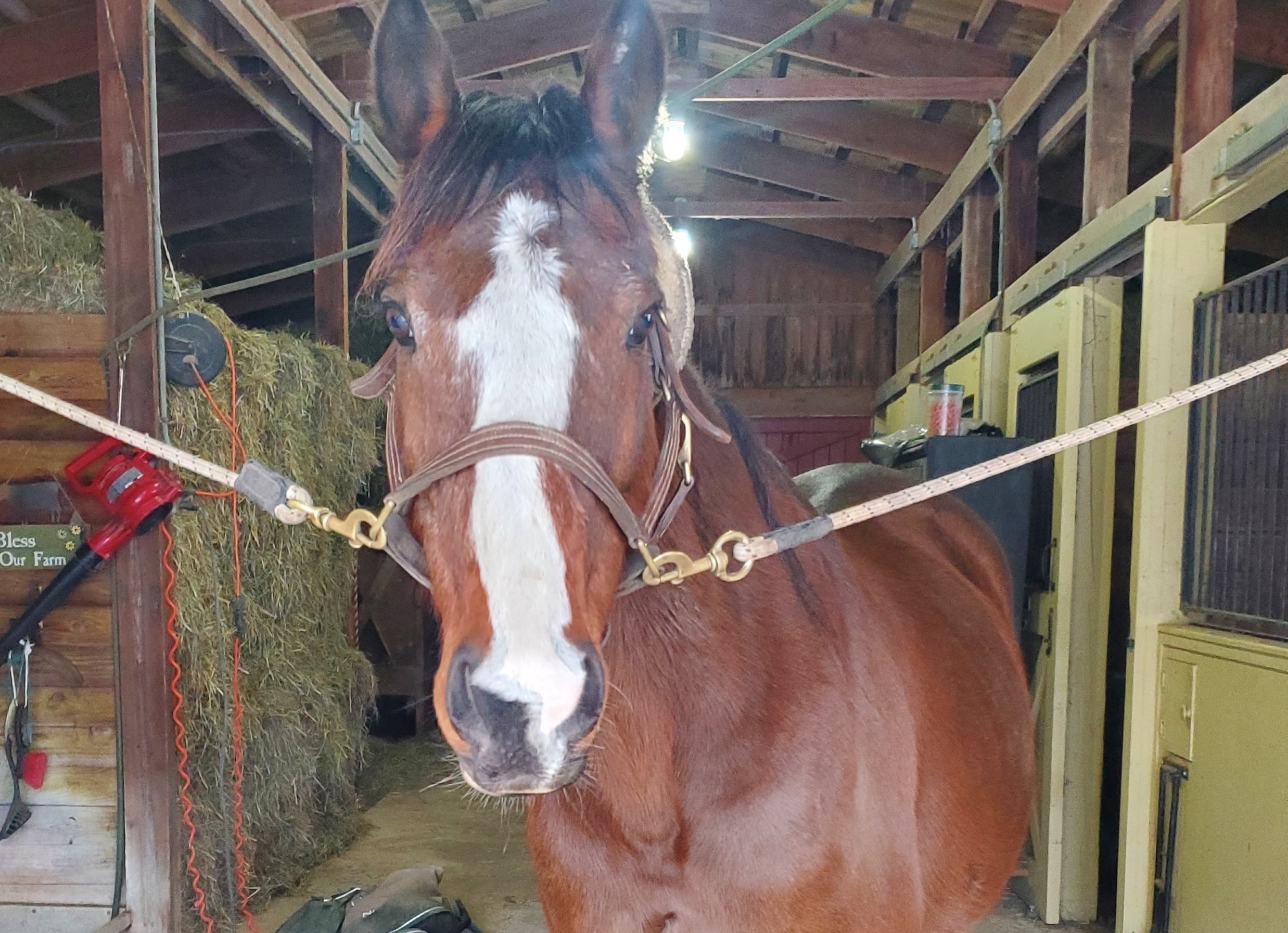Wolves, Humans, and Wild Horses? Co-existing Together for a Sustainable Future.
I've been following issues with wolves out west for a relatively short time. I am no expert, just an observer. As a horse owner concerned about the plight of wild horses and their friction with environmentalists and landscape conservationists — never mind the cattle ranchers — I have learned that the wolf population plays an important role in keeping the numbers of "wildies" down, along with the grizzlies and big cat predators. This predator information was gleaned from what I have been witnessing not only from a variety of US wild horse rescues but more recently from Help Alberta Wildies Society aka HAWS (face book group and website https://lnkd.in/g-Vs9zMj). HAWS has been tracking wild horse activity via trail cams for ten years and have been gathering data to prove the equine species is not a detriment to their ecosystem. There is a back and forth on how to best manage the Alberta herds, but HAWS is gaining ground and respect from their government leaders with their findings. Right now, both are working separately to count heads in an attempt to cross reference if the loss of foals to predators (among other issues) are keeping overpopulation in check.
My backstory: this information above was triggered a couple of years ago while watching large landscape conservation webinars during the lockdown. I had attended a green infrastructure certification program in early 2020, in order to learn how solar driven water pumping solutions could benefit from and support groundwater recharge and biodiversity. It was after this time I learned through subsequent conversations that environmentalists have labeled "free roaming" horses as feral and not wild and their large populations severely harm landscapes not only here in the US but in Canada and Australia. There is accusation that government agencies have aligned themselves with cattle ranchers to cull the equine species, but mostly what is at issue are the actions of how governments handle roundups and rehoming of horses from federal lands and parks into private farms/ownership situations. You can find more about the wild horse "rehoming" story and what goes on with roundups in a quick google search. Be advised, though, you may find what happens to be upsetting. In fairness, you will be bombarded with stories and information from both sides of the issue, and it really is hard for me to believe landscape conservationists and farmers are seeking to eradicate the wild horse. Unfortunately, and to be sure, there is a definite hard stance at play here on how to curb free roaming horse numbers and which side to protect.
Lake & Ludlow, an off-track thoroughbred rescue horse, is this blog’s inspiration.
While I am new to the biodiversity scene, I can't help but ask: what if funds were reallocated from helicopter roundups toward reintroduction of predators along with Green Infrastructure Practices? Bring back the ecosystem harmoniously with the wild horses, rather than against? Focus funding on native plantings to recharge groundwater to reduce drought and wildfires and to slow the floodwaters where the wild horses co-exist with their other wildlife counterparts? Successful fencing practices are also critical to avoid barricades that obstruct wildlife corridors.
Regardless, am I oversimplifying a solution to the problem? Yes! But the polarization between human parties is palpable so there must be a way to continue efforts to come to a peaceful agreement -- and part of that process, to me, looks to be the return of the wolf.
What do you think? Thanks for listening and for your interest in GlobeWater & Solar.
Original post on LinkedIn, after sharing the 1/30/24 NYT article written by Erica Berry about wolves recently released in Colorado: GlobeWater & Solar: Posts | LinkedIn

